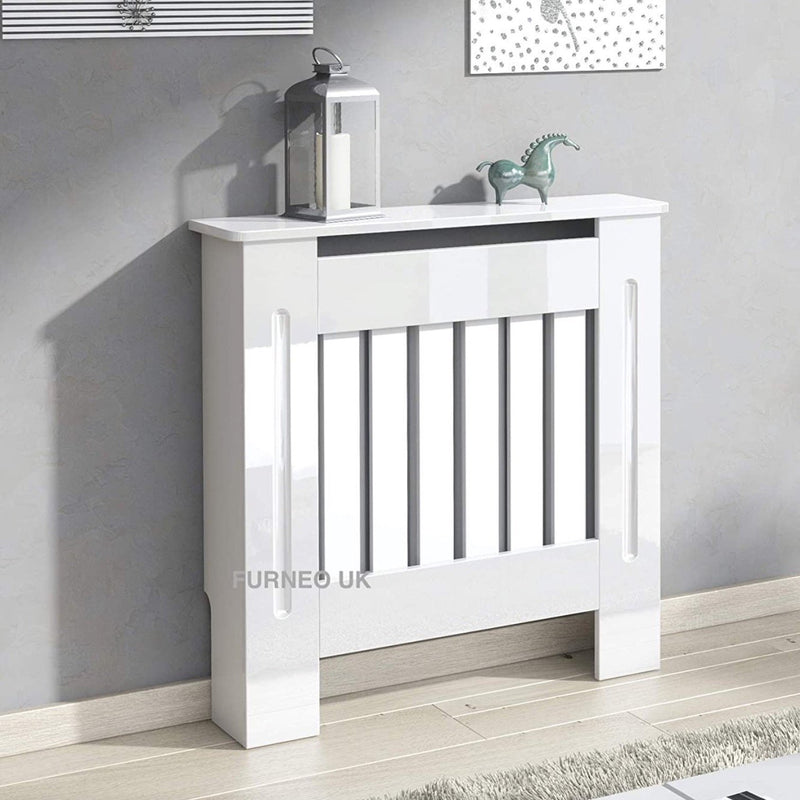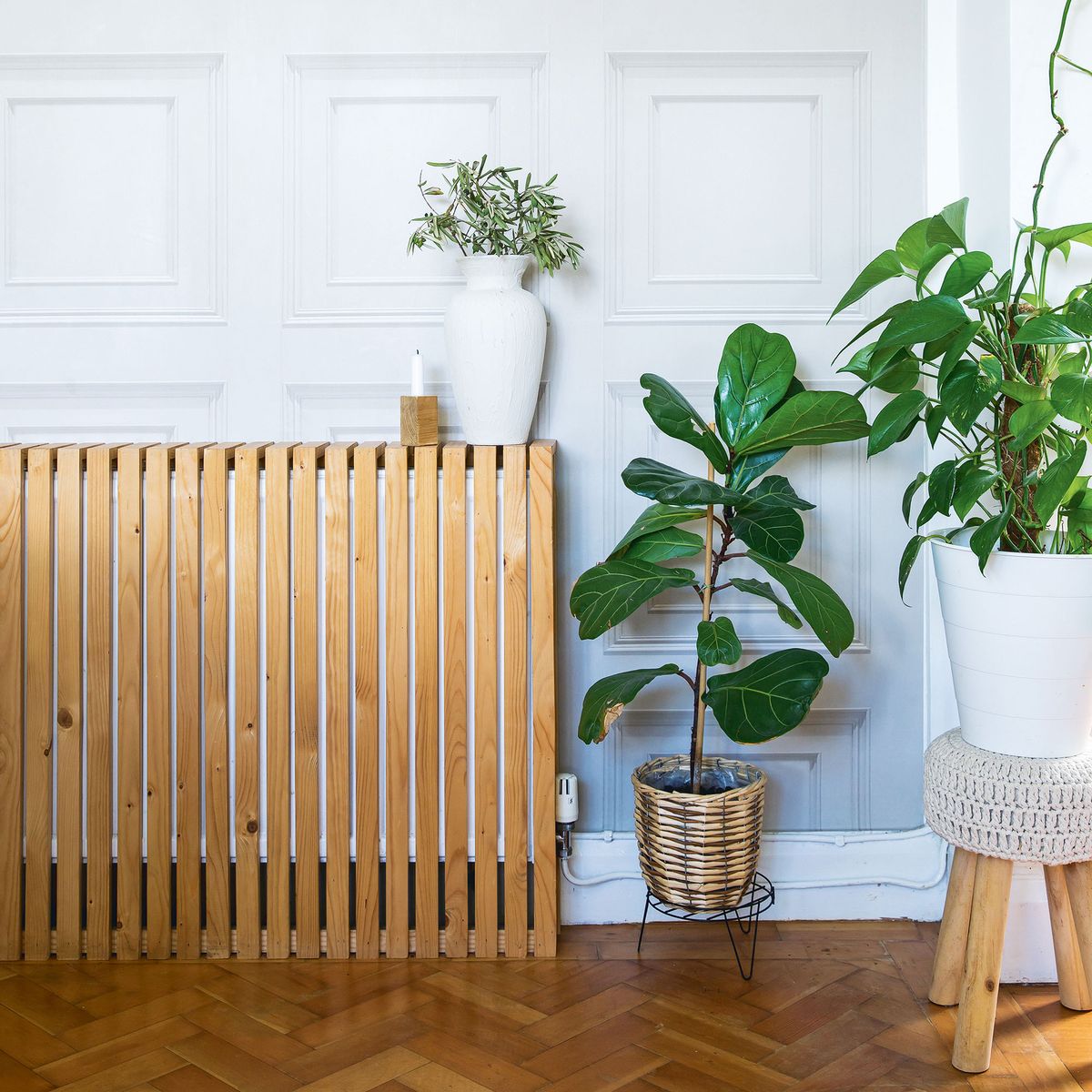Leading Advantages of Mounting a Radiator Cover in your house
Leading Advantages of Mounting a Radiator Cover in your house
Blog Article
Radiator Covers: Comprehending Materials, Layouts, and Benefits
Radiator covers offer both visual and functional functions within a home, offering a variety of materials such as metal, hardwood, and mdf to suit numerous design choices. Choosing the ideal radiator cover involves recognizing the nuances of products, designs, and their connected advantages.
Types of Products


Wood covers, often crafted from woods such as oak or maple, supply a timeless, warm appearance that matches typical interiors. Their longevity and capability to be stained or repainted add to their adaptability. Steel covers, generally made from steel or aluminum, are preferred for their effectiveness and modern-day appearance, usually featuring sleek lines that boost contemporary spaces.
MDF, a made timber product, is prominent for its cost-effectiveness and simplicity of customization. It can be repainted or completed to match existing design while using a smooth surface area. Plastic covers, while much less common, are resistant and light-weight to dampness, making them suitable for moist environments.
Eventually, the selection of product for a radiator cover ought to line up with the home owner's style preferences, useful requirements, and the particular setting where the cover will be installed. Each material supplies a distinct character, guaranteeing that there is a choice to match every preference and setting.
Popular Layout Styles
Emphasizing aesthetic allure, popular layout styles for radiator covers mirror a variety of preferences and interior decoration trends. Traditional designs commonly include intricate woodwork and elaborate describing, making them suitable for traditional or vintage-inspired interiors. These covers generally incorporate sculpted aspects, giving a cozy and welcoming feel to any type of room.
In comparison, modern designs concentrate on minimal looks, identified by tidy lines and underrated elegance. Materials such as steel or sleek wood with a smooth finish are typically used, permitting these covers to blend seamlessly right into modern rooms. Industrial styles, on the various other hand, accept resources like subjected metal and concrete, including a bold declaration to loft or metropolitan settings.
For those looking for a distinct touch, bespoke layouts provide customization alternatives that accommodate specific choices, enabling house owners to select colors, patterns, and products that match their decoration. Additionally, farmhouse-style covers incorporate rustic components, featuring troubled timber and straightforward types that stimulate a relaxing, nation beauty.
Benefits of Radiator Covers
Radiator covers not only improve the aesthetic appeal of an area but additionally offer numerous useful benefits that make them a rewarding addition to any type of home. Among the key benefits is safety, especially in families with youngsters or pets. Covers minimize the threat of burns from warm radiator surface areas, ensuring a safer environment.
Furthermore, radiator covers can boost energy efficiency. By directing heat into the room as opposed to allowing it to leave, they help maintain a consistent temperature, minimizing home heating expenses with time. This is specifically advantageous in older homes where radiator systems may be less efficient.
One more redirected here noteworthy advantage is sound decrease. Radiators can occasionally produce unwanted sounds throughout procedure, and covers can assist stifle these noises, contributing to a more serene home. Radiator covers can be functional, providing additional storage or display room, consequently making the visit this page most of the utility of often-overlooked areas.
Last but not least, they can shield radiators from dirt and particles, which can prevent performance and rise upkeep demands. With these integrated benefits, radiator covers arise as a functional option for improving both the performance and design of any type of home environment.
Installment Factors To Consider
Installing radiator covers needs cautious factor to consider to make sure both performance and security (Radiator cover). First, analyze the dimensions of your radiator and the surrounding space to guarantee an appropriate fit. Accurate measurements are critical; an uncomfortable cover can block warm flow or create safety and security threats
Following, examine the material of the cover. While timber uses aesthetic appeal, steel options may give better longevity and heat resistance. Think about the weight of the cover too; heavier covers may need added assistance or reinforcements to prevent drooping or damages over time.
Ventilation is one more essential aspect. Covers need to include adequate airflow to avoid getting too hot and maintain effective heating. Seek layouts with slats or openings that permit warmth to circulate without obstruction.
Additionally, guarantee that the cover is firmly placed to avoid accidents, especially in homes with animals or youngsters. Radiator cover. It's advisable to comply with the supplier's installment guidelines carefully and, if needed, speak with an expert for complicated installations
Maintenance and Care Tips
Correct maintenance of radiator covers is vital for ensuring their long life and optimal efficiency. Normal cleansing is essential; dust and debris can accumulate, blocking air movement and decreasing warm effectiveness. Use a soft, damp cloth or a microfiber duster to delicately wipe the surface, staying clear of rough chemicals that might harm the coating. For repainted or wood covers, think about a suitable polish or protective finishing to preserve their appearance.
Check the covers periodically for indicators of wear or damage, such as splits or peeling paint. Dealing with these concerns without delay can avoid further damage. Guarantee that the covers are securely secured and look for any kind of loose screws or installations, as vibrations from the radiator can loosen them with dig this time.
In chillier months, avoid positioning heavy items or decorative things on top of the radiator covers, as this can hamper heat circulation and cause unneeded tension to the structure. Lastly, consider seasonal maintenance by removing the covers for extensive cleansing and evaluation throughout warmer months when the heating unit is inactive. Taking on these basic treatment tips will certainly boost the efficiency and aesthetic allure of your radiator covers, guaranteeing they serve their function properly for several years to find.

Verdict
In summary, radiator covers work as useful and visual enhancements to household spaces. The diverse range of products, consisting of woods, plastic, steel, and mdf, enables placement with various style styles such as standard, contemporary, commercial, and farmhouse. The advantages of these covers prolong past safety and power efficiency to include added storage and dirt protection. Careful factor to consider of installation and maintenance more guarantees the durability and effectiveness of radiator covers in any home setting.
Radiator covers serve both useful and visual purposes within a home, supplying an array of materials such as steel, mdf, and hardwood to suit various design preferences. Choosing the best radiator cover includes recognizing the subtleties of products, layouts, and their associated benefits.Highlighting aesthetic appeal, popular design styles for radiator covers show a variety of tastes and interior style patterns.Radiator covers not only improve the visual charm of a space however additionally use numerous practical benefits that make them a worthwhile addition to any kind of home. Consider the weight of the cover as well; much heavier covers may need extra support or reinforcements to prevent drooping or damage over time.
Report this page